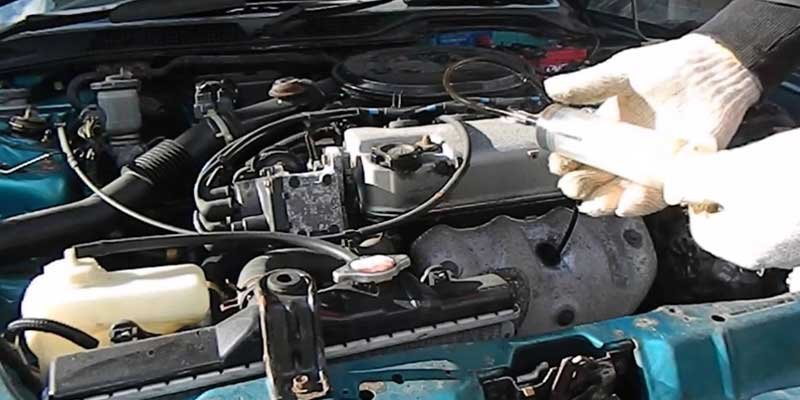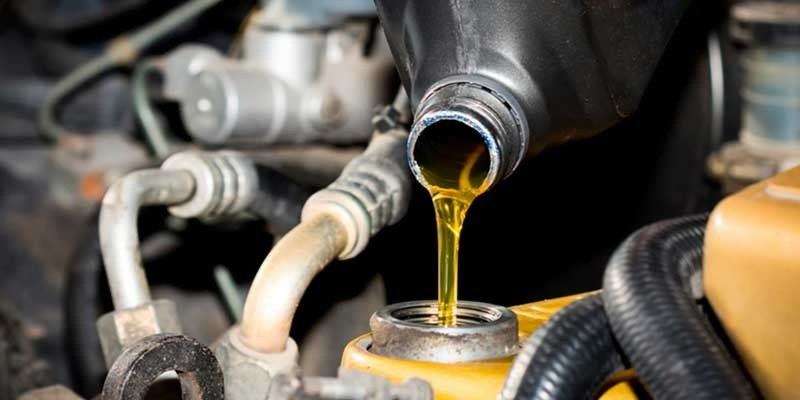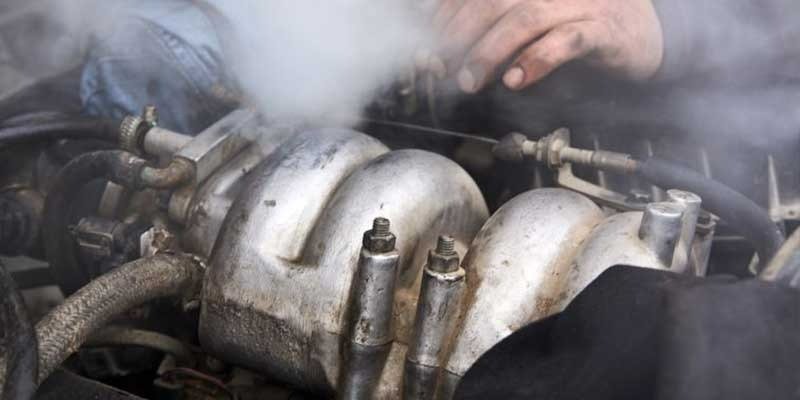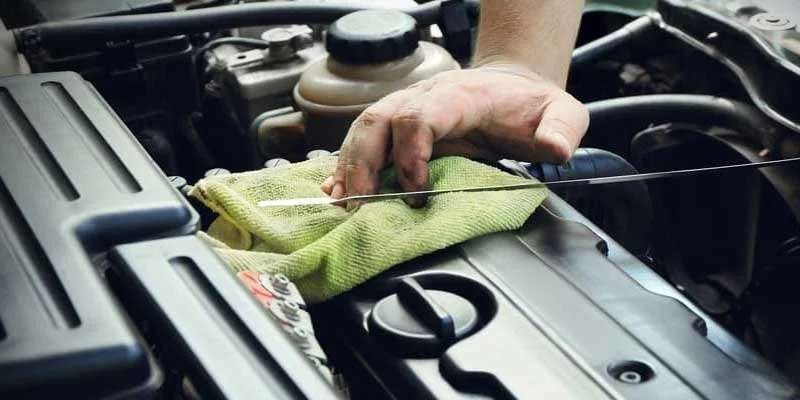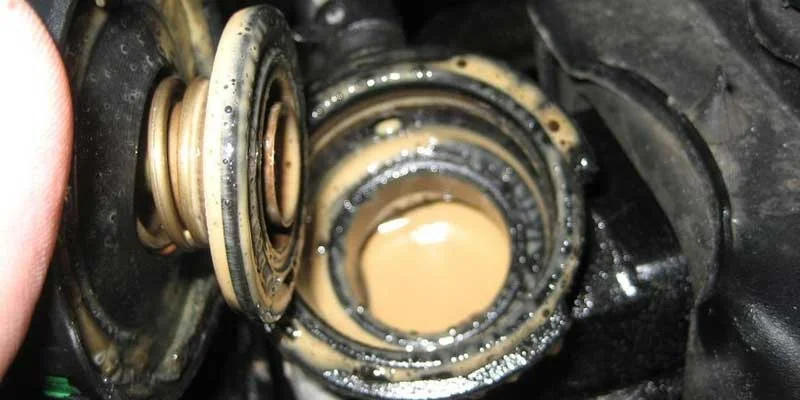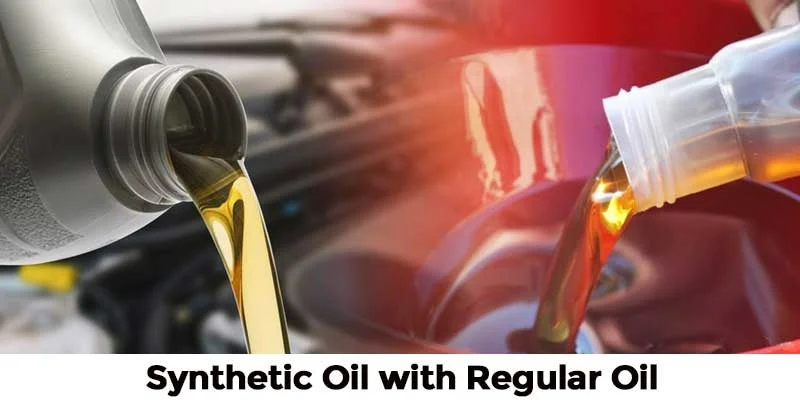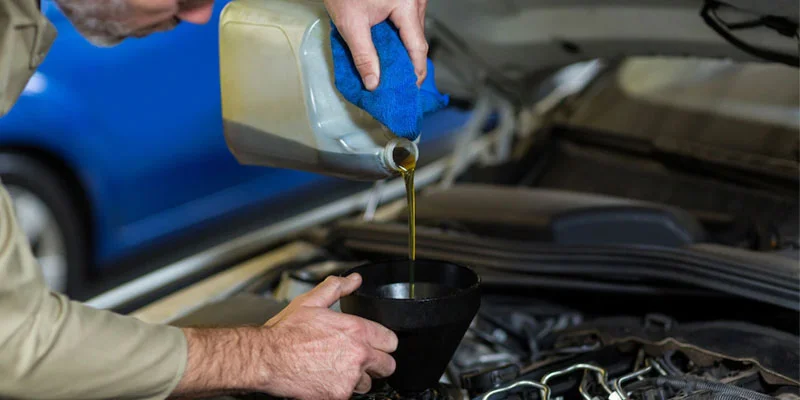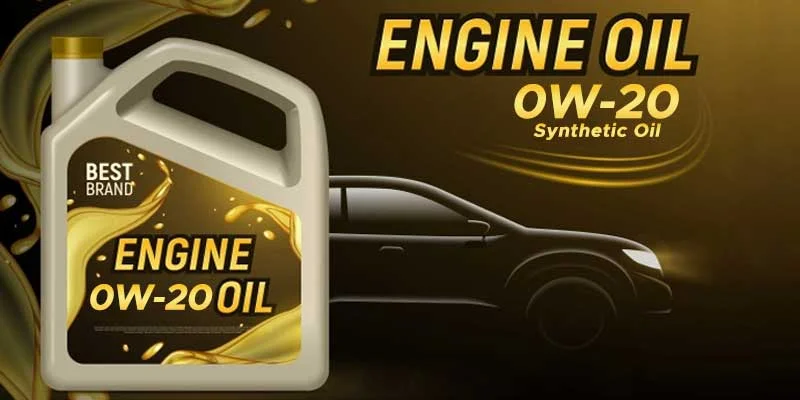If you are considering an oil change or topping up your engine oil, there is always a glitch – How to remove excess oil from the Engine? To ensure the proper functioning of your vehicle, it is essential to have the right amount of engine oil.
While low engine oil is fatal for your engine health, even excess engine oil is not recommended.
What happens when there is excess oil in a car?
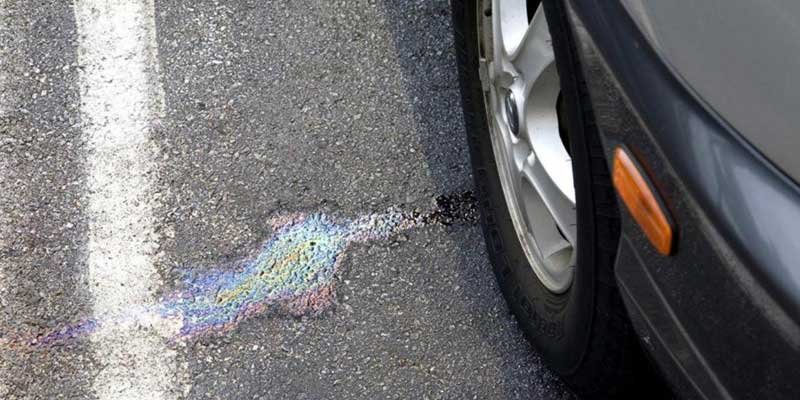
Low oil causes damage. Similarly, excessive engine oil can also cause damage. Engines need oil to operate correctly. Oil is added to the Engine during assembly and then circulated throughout the Engine.
If there is too much oil, the engine will run poorly. Overfilled oil will cause problems like seizing pistons, overheating, and poor fuel economy.
When too much oil is added to your car, you might have a lot of foam. When too much oil is added to your Engine, the level rises and causes the crankshaft to be in contact with oil, leading to aeration.
It causes the oil to become “foamy” and “frothy”. It results in the oil being unable to lubricate the Engine properly and creates excessive pressure within the Engine. It could cause leaks and costly repairs.
The presence of extra oil creates excessive pressure within the Engine and unnecessary pressure on seals and gasket, leading to leakage. If any seal or gasket fails, it leads to costly repairs.
What are the causes of Excessive Oil in Your Engine?
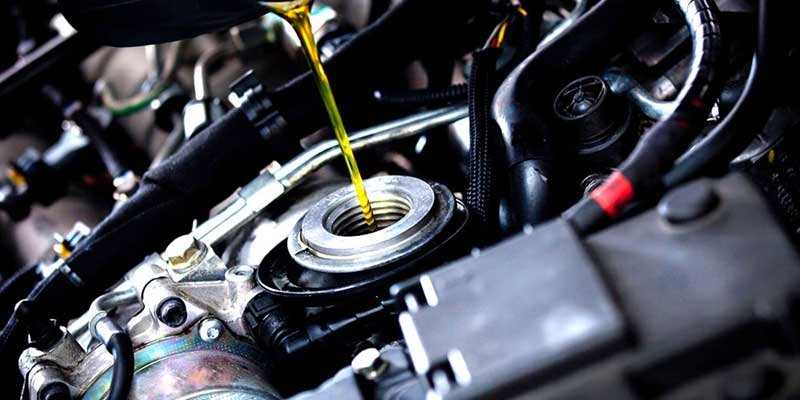
The most apparent reason for excessive oil on your Engine is overfilled crankcase during an oil change or topping off. While doing an oil change, if the engine oil is not drained correctly or adding too much oil to new filters are the potential causes of excessive oil in your Engine.
Also, the combination of fluids can raise the oil levels in the Engine. Condensation within the Engine or leaky gasket causes the mixing of oil with water/ engine coolant resulting in diluted engine oil.
Such contaminated oils are fatal to your engine health and can cause irreversible damage.
How do you Find out If the Engine has too much oil?
If you think you have too much oil, the best thing to do is check the engine oil with dipstick. If you see that there is too much oil, then you need to drain it out. You should also check the oil filter before doing any other maintenance.
If the oil looks dirty, there may be dirt inside the filter, which will cause problems when you put the oil back in.
You can also take the oil filler cap off and look at how full the tank is. If the oil is high, you probably don’t want to top it off because it will overflow.
If you’re unsure about what you’re looking at, ask someone who knows more than you!
You can also use a visual inspection tool such as a flashlight and a mirror to get a good view of the underside of your car. Look for signs of leaking oil, burning smell, or high reading in the oil pressure gauge are other signs of excessive engine oil.
Also, check engine lights that may illuminate due to spark plugs coming in contact with excessive oil, leading to misfire.
How to Drain the Excess Oil?
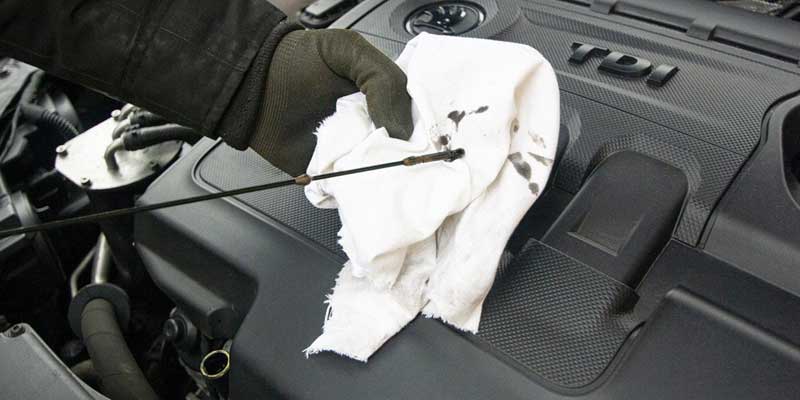
There are many different ways to remove excess oil from your vehicle. As we already know that excess or low oil levels can be fatal to your engine health. Hence it would help if you always focused on maintaining the proper engine oil levels.
Here are the proven ways of dealing with excess engine oil:
1. Using Oil Plug
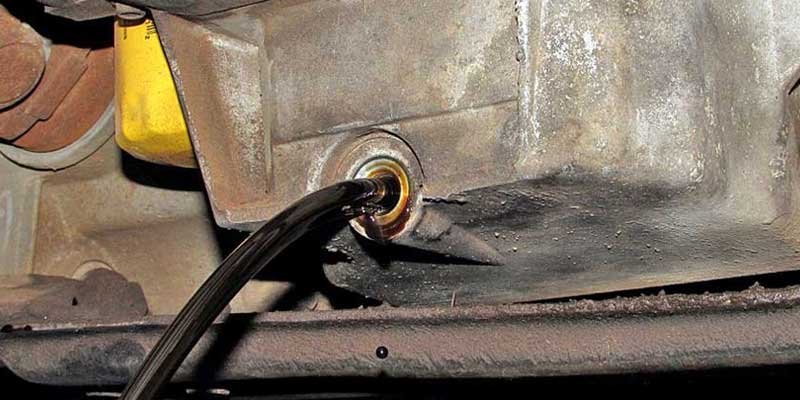
The oil plug method is the easiest way to deal with excess engine oil. A socket wrench and drain plug are the two essential tools you require to remove the extra oil.
- Either crawl underneath the car or refer to the user manual to locate the oil plug.
- Place the drain pan under the oil plug to collect excessive engine oil.
- Using a socket wrench, unscrew the oil plug slowly without detaching it. (If it disconnects, all the oil inside the Engine will spill out).
- As soon as the oil starts dripping. Carefully collect it in the drain pan till the engine oil reaches the required levels.
- Now screw back the oil plug tightly so there will be no leakage.
- Check with the dipstick if the oil reaches the recommended level.
You are all set to go!
2. Dipstick Tube
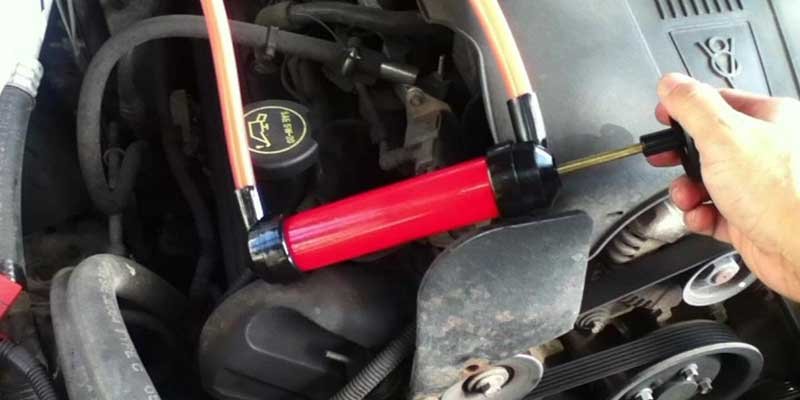
If getting under the car to locate the oil plug seems hectic, another proven method of removing the excessive oil is the dipstick tube method. However, it is a lengthy process preferred over the previous method as you do not need to loosen any drain bolt.
- Get a vinyl tube and locate the dipstick.
- Take out the dipstick and place the vinyl tube within.
- Now take the dipstick inside the Engine to feed the vinyl tube deep down.
- From the free end of the tube, start sucking from the mouth till there is no air in the tube.
- As the oil comes up by replacing the air in the tube, place this end in a container to drain the oil.
Once the required engine oil level is achieved, remove the tube from the Engine.
3. Suction Pipe
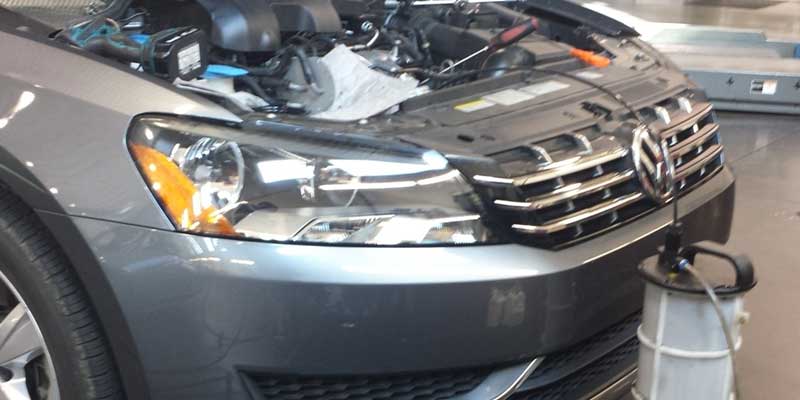
You can replace the vinyl tube with a suction pipe to manage your overfilled Engine. The process will be almost similar to the dipstick process. Feed the suction pipe into the dipstick and take the dipstick down into the Engine. The suction pipe will suck the excessive oil to maintain the oil balance within the Engine.
How to Change the Engine Oil?
First, drain the excess oil, and ensure that the Engine is turned off. Let the Engine cool down so that the oil within also cools off.
- To begin with, remove the oil drain plug located at the oil pan bottom.
- Drain the engine oil completely
- Also, remove and replace the oil filter so the new oil will not get contaminated with the filter’s dirt.
- Refer to the owner manual to understand the right amount of oil top-up.
- Always dispose of the contaminated engine oil properly by referring to the local recycling centres and auto parts stores.
- Top up the new engine oil as per the guidelines prescribed in the owner manual.
- To cross-check, you should take the dipstick’s help to understand the new engine oil levels.
Conclusion:
There are many ways to change the engine oil. You can choose any one of them according to your convenience. But remember, always follow the instructions provided by the manufacturer. Also, keep an eye on the oil level while driving the vehicle.

My Name is Christopher Angels, and I am a postgraduate in mechanical engineering. Cars have always excited me as a child, and soon I decided to dive into the world of cars by pursuing mechanical engineering. I also worked as a Mechanic for over 3 years to understand Cars’ anatomy and how each part contributes to its working.
My Name is Christopher Angels, and I am a postgraduate in mechanical engineering. Cars have always excited me as a child, and soon I decided to dive into the world of cars by pursuing mechanical engineering. I also worked as a Mechanic for over 3 years to understand Cars' anatomy and how each part contributes to its working.

